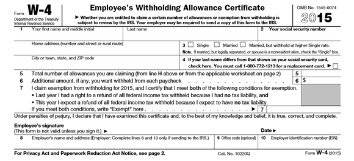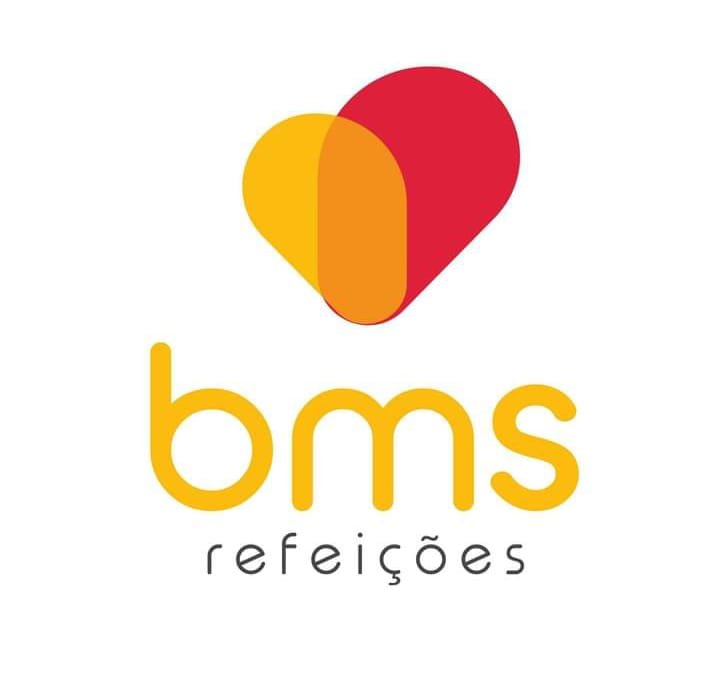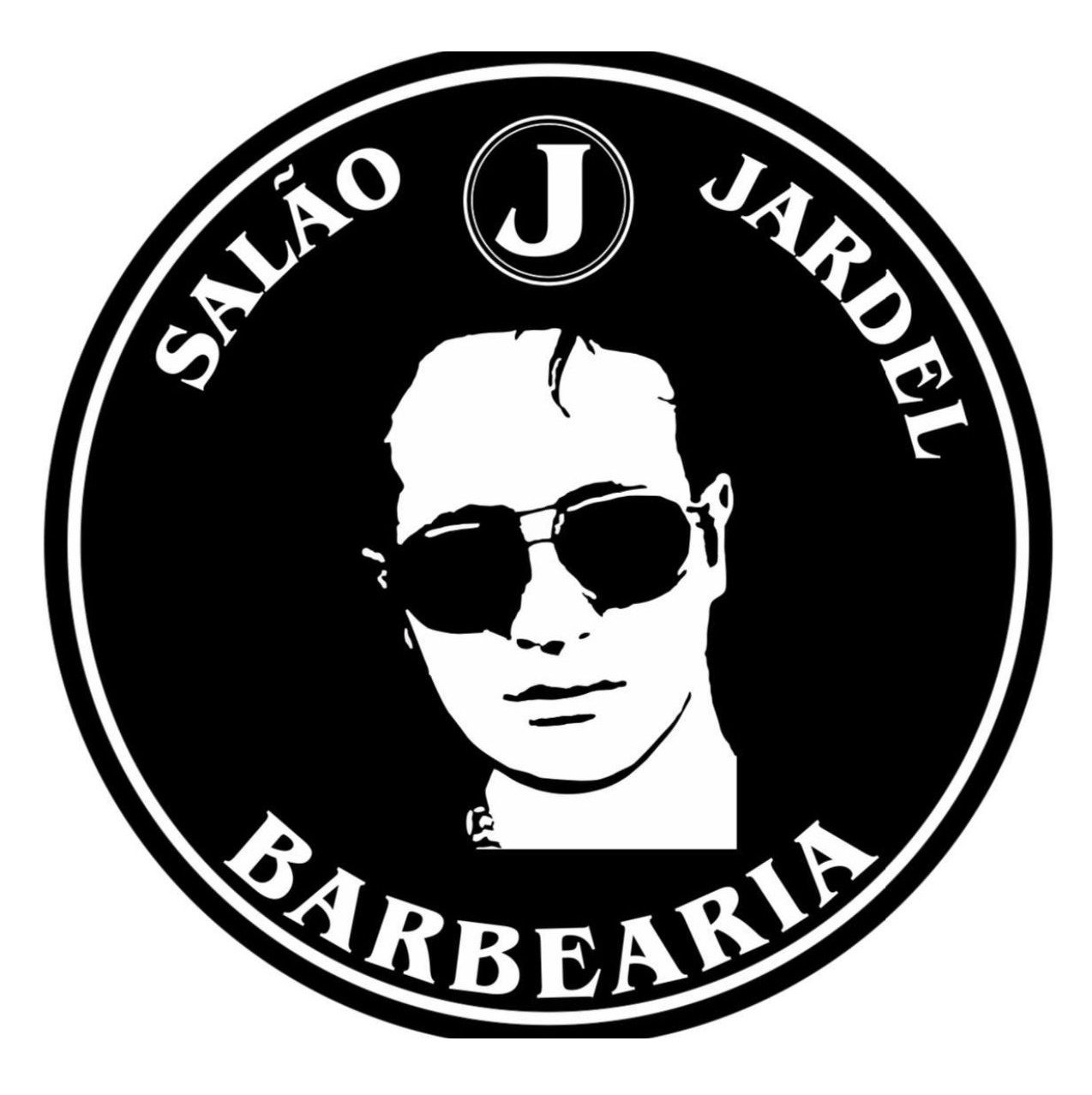Content

Protective tariffs are among the most widely used instruments of protectionism, along with import quotas and export quotas and other non-tariff barriers to trade. Economist Ha-Joon Chang argues that most of today’s developed countries have developed through policies that are the opposite of free trade and laissez-faire. According to him, when they were developing countries themselves, almost all of them actively used interventionist trade and industrial policies to promote and protect infant industries. Instead, they would have encouraged their domestic industries through tariffs, subsidies and other measures.
Embodied Carbon Emissions: understanding the different … – Energy Post
Embodied Carbon Emissions: understanding the different ….
Posted: Tue, 28 Feb 2023 08:05:13 GMT [source]
Tariffs have been applied over the years to protect homegrown industries and target competitors who are seen as using unfair trade practices. They impose costs on both importers and exporters and had been in decline until the recent U.S.-China trade spat. At this point, the topic of using EVs for secondary purposes other than mobility and transport is getting more popular.
Who administers tariffs in the US?
In 1846, the country’s per capita rate of industrialization was more than twice that of its closest competitors. Even after adopting free trade for most goods, Britain continued to closely regulate trade in strategic capital goods, such as machinery for the mass production of textiles. There is near unanimous consensus among economists that tariffs have a negative effect on economic growth and economic welfare, while free trade and the reduction of trade barriers has a positive effect on economic growth.
What are Economy 7 tariffs?
E7 meters are usually found in homes that use electricity for heating and hot water, rather than gas. With an Economy 7 tariff your electricity will be charged at two rates – a day rate and a night rate. You pay a cheaper rate for electricity for seven hours at night (off-peak) and a higher one in the day.
Thus, for Keynes, currency depreciation was no longer sufficient and protectionist measures became necessary to avoid trade deficits. To avoid the return of crises due to a self-regulating economic system, it seemed essential to him to regulate trade and stop free trade . Producer surplus increases by area A, as domestic producers shielded from international competition can sell more of their product at a higher price.
Non-tariff measures (NTMs)
Average tariffs can be measured as a simple average across product categories or can be weighted by the level of imports. Finally, an attempt to pressure a rival country by using tariffs can devolve into an unproductive cycle of retaliation, commonly known as a trade war. Scott Nevil is an experienced freelance writer and editor with a demonstrated history of publishing content for The Balance, Investopedia, and ClearVoice. He goes in-depth to create informative and actionable content around monetary policy, the economy, investing, fintech, and cryptocurrency. Marine Corp. in 2014, he has become dedicated to financial analysis, fundamental analysis, and market research, while strictly adhering to deadlines and AP Style, and through tenacious quality assurance.

Import barriers are father classified into ad valorem charges, specific charges, compound charges, and tariff-rate quotas. The first step in determining duty rates is to identify the HS Code or Schedule B number for your product. This is called Effectively Applied Tariff and it is the lowest available tariff between MFN and various preferential tariff.
What is the current landscape of tariffs for US businesses?
And surplus countries exert a “negative externality” on their trading partners. They get richer at the expense of others and destroy the output of their trading partners. John Maynard Keynes believed that the products of surplus countries should be taxed to avoid trade imbalances. Thus he no longer believes in the theory of comparative advantage which states that the trade deficit does not matter, since trade is mutually beneficial. This also explains his desire to replace the liberalisation of international trade with a regulatory system aimed at eliminating trade imbalances in his proposals for the Bretton Woods Agreement. On 7 March 1931, in the New Statesman and Nation, he wrote an article entitled Proposal for a Tariff Revenue.
What are the 3 main effects of tariffs?
A tariff is a tax levied on an imported good with the intent to limit the volume of foreign imports, protect domestic employment, reduce competition among domestic industries, and increase government revenue.
The colonizing Understanding Tariffs, which saw itself as competing with other colonizers, would import raw materials from its colonies, which were generally barred from selling their raw materials elsewhere. The colonizing country would convert the materials into manufactured wares, which it would sell back to the colonies. High tariffs and other barriers were implemented to ensure that colonies only purchased manufactured goods from their home countries. Tariffs can also be used as an extension of foreign policy as their imposition on a trading partner’s main exports may be used to exert economic leverage. For example, when Russia invaded Ukraine, much of the world protested by boycotting Russian goods or imposing sanctions. In April 2022, President Joe Biden suspended normal trade with Russia.






